Whatapp:
+278.3675.0634
Work Hours
Monday to Friday: 7AM - 7PM
Weekend: 10AM - 5PM
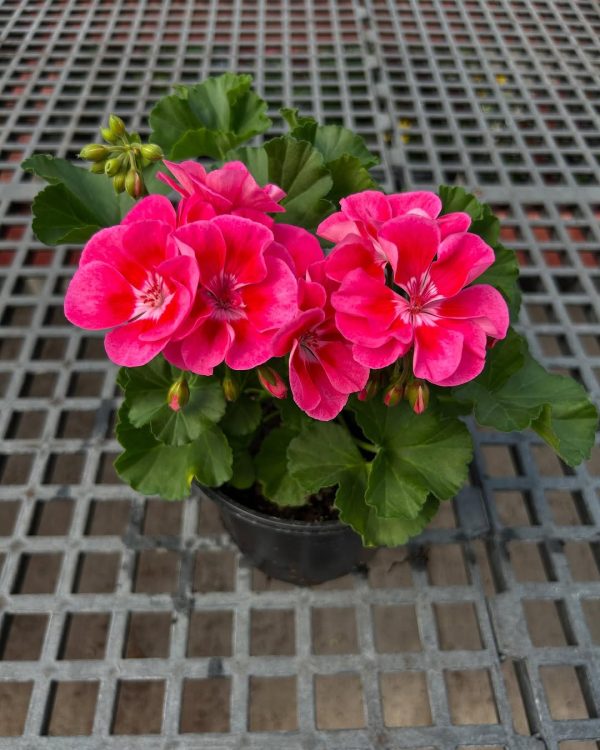
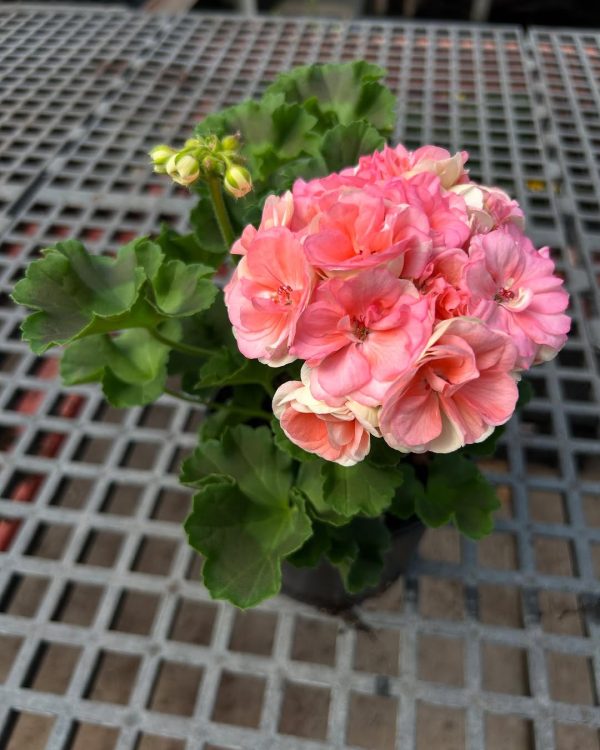
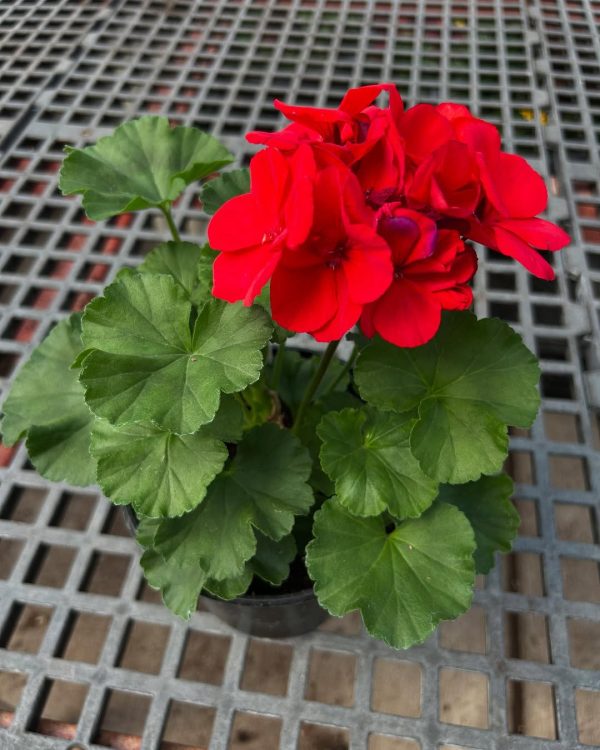
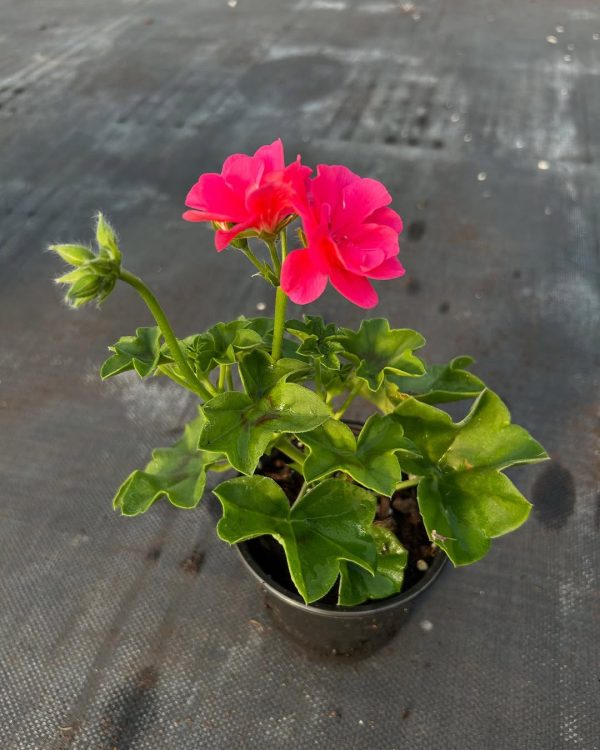
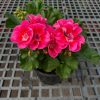
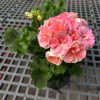


Original price was: $30.00.$22.00Current price is: $22.00.
Geraniums plants are a genus of about 422 species of annual, biennial, and perennial plants commonly known as geraniums or cranesbills.
Geraniums plants are a genus of about 422 species of annual, biennial, and perennial plants commonly known as geraniums or cranesbills. They have palmately cleft, broadly circular leaves and flowers with five petals in colors such as white, pink, purple, or blue, often with distinctive veining. They grow well in any soil that is not waterlogged and can be propagated by semiripe cuttings, seed, or division
There are two main types often referred to as geraniums: true hardy geraniums (cranesbills) and tender geraniums, which are actually pelargoniums. Hardy geraniums are perennial, tough, and suitable for garden borders, while pelargoniums are often grown as annuals or container plants and are native to South Africa
Geraniums plants prefer full sun but can tolerate some shade, especially in hot climates
They need well-draining soil and moderate watering; drought-tolerant but appreciate regular watering
Hardy geraniums are winter hardy in many temperate zones, while pelargoniums are hardy only in zones 10-11 and are usually grown as annuals elsewhere or overwintered indoors
geraniums like ‘Rozanne’, ‘Brookside’, and ‘Mavis Simpson’ are award-winning and valued for long flowering seasons and ground cover ability
Pelargonium varieties include ‘Voodoo’ (wine-red flowers), ‘Vancouver Centennial’ (chocolate-brown leaves with red flowers), ‘Lord Bute’ (dark purple petals), and scented types like ‘Bitter Lemon’ and ‘Attar of Roses
Cut back in late summer and take cuttings to protect against winter losses
Provide some afternoon shade in very hot climates for pelargoniums
Geraniums bloom from spring to fall, sometimes longer if kept warm
They are toxic to dogs and cats, causing symptoms like vomiting and dermatitis if ingested, so keep them out of pets’ reach
Geraniums are versatile, easy-care plants that provide bright, long-lasting blooms for gardens, containers, and hanging baskets, making them a popular choice for gardeners worldwide.
The natural habitat of geraniums significantly influences their cultivation requirements, particularly regarding soil, temperature, sunlight, and moisture conditions
Soil and Growing Medium : Geraniums naturally thrive in well-drained soils with good porosity, which facilitates oxygen availability to roots and proper water management. This is crucial because roots need oxygen for respiration, and gas diffusion is faster through air than water. Soils or growing media with coarse particles enhance porosity, preventing waterlogging—a common problem in garden soils that lack aeration. Soilless mixes are often preferred in cultivation because they allow better control over physical and chemical properties such as pH and moisture retention, mimicking the natural well-drained conditions many geranium species prefer. For instance, many hybrid geraniums do not flower well if the soil pH drops below 5.5, reflecting their adaptation to slightly acidic to neutral soils in the wild (Geraniums plants)
Geraniums originate from climates with moderate to warm temperatures, which influences their growth and flowering. They perform best with day temperatures between 70-75°F and night temperatures around 60-65°F. Temperatures below 60°F slow growth and delay flowering, while prolonged exposure to temperatures below 50°F can cause stress symptoms such as leaf discoloration. Conversely, temperatures above 80°F can cause heat stress and chlorophyll loss. This temperature sensitivity reflects their natural adaptation to temperate or mild climates and guides growers to provide optimal temperature regimes for cultivation
Geraniums generally require full sun, ideally at least six hours daily, to promote robust growth and vibrant blooms, mirroring their natural exposure to open, sunny habitats. However, some varieties can tolerate partial shade, especially in hotter climates where afternoon shade helps prevent heat stress. Microclimates created by structures like walls or fences can reflect heat and alter sunlight exposure, so understanding these local conditions is important to replicate the natural light conditions geraniums evolved in
Geraniums are adapted to environments with good airflow and relatively low humidity, which reduces the risk of fungal diseases such as Botrytis. Maintaining low humidity and sufficient ventilation in cultivation mimics their natural habitat conditions and is essential for healthy growth
While geraniums are hardy and can tolerate various soil types and stresses, their natural habitat traits guide cultivation practices such as soil selection, watering schedules, temperature control, and site placement to optimize flowering and plant health
Zonal geraniums: These geraniums are the colorful backbone of many summer gardens and get their name from the zone of darker color on their leaves. Zonal geraniums grow bushy and upright with thick, fleshy stems. Their flowers grow in clusters and can be single, semi-double, or double in shades of red, purple, pink, white, orange, and rarely yellow
Ivy geraniums 🙁Pelargonium peltatum) are trailing plants that can spread up to 48 inches and are named for their lobed leaves that resemble ivy plants. They make a good choice for hanging baskets due to their trailing growth habit and feature bright, glossy green leaves that can reach 3 inches across. Clusters of single or double flowers bloom in shades of red, pink, mauve, purple, or white
Interspecific geraniums : This unique hybrid combines the best traits of zonal and ivy geraniums. Interspecific geraniums (Pelargonium interspecific) produce large flowers characteristic of zonal geraniums, with the vigorous, semi-trailing habit of ivy geraniums, bloom prolifically, and have good heat tolerance
Regal geraniums (Pelargonium domesticum) produce clusters of large, showy flowers in shades of red, pink, purple, orange, white, or reddish-black, some with eye-catching patterns. Also known as Martha Washington geraniums, they are upright, shrubby plants whose leaves have irregular teeth and crinkled margins
Scented-leaf geraniums release their scent when their leaves are brushed or crushed. There are over 140 varieties in a wide range of scents, including rose, lemon, pine, and apple
Angel geraniums (Pelargonium x) are a cross of P. crispum and regal geraniums, producing flowers with striking patterns in shades of pink, purple, mauve, or white. Plants have a bushier habit and mid-green leaves that are rounded, crinkled, and sometimes scented
In summary, the natural habitat of geraniums—characterized by well-drained, slightly acidic soils, moderate temperatures, full sun exposure, and good airflow—informs cultivation practices to recreate these conditions for successful growth and flowering. Adjusting soil pH, ensuring proper drainage, managing temperature and light exposure, and considering microclimates are key strategies derived from understanding their native environments
Reviews
There are no reviews yet.